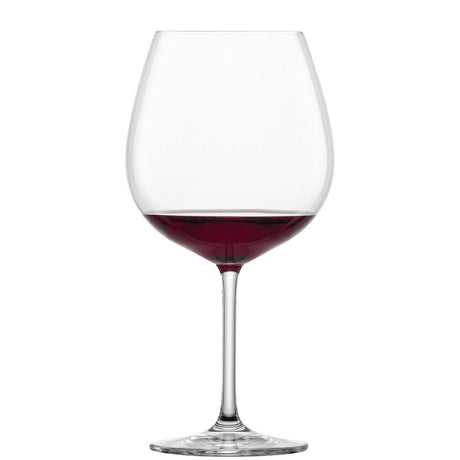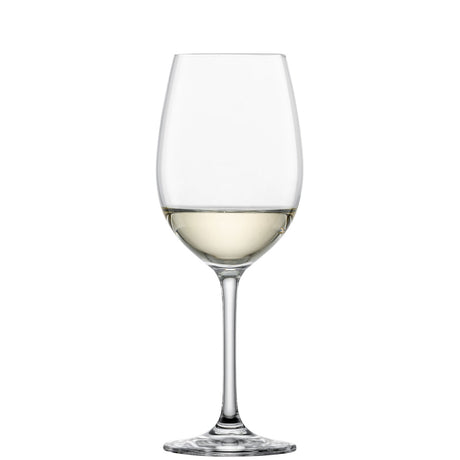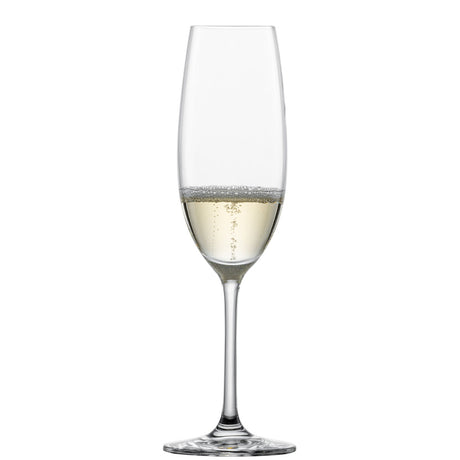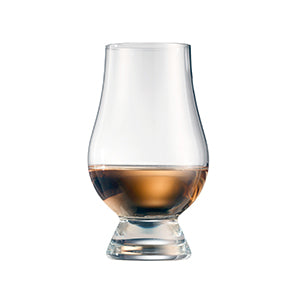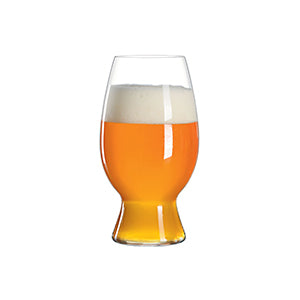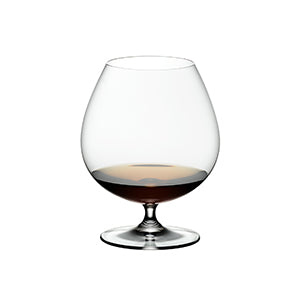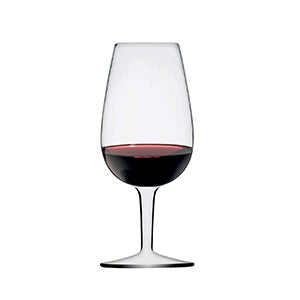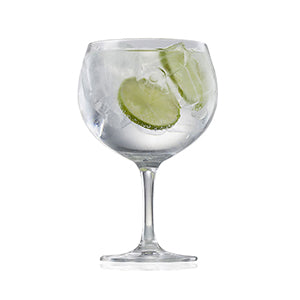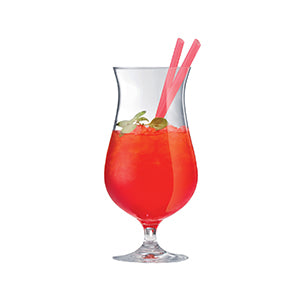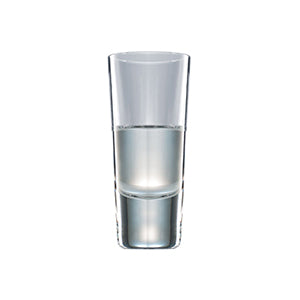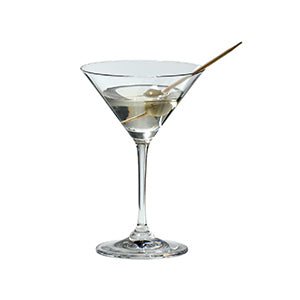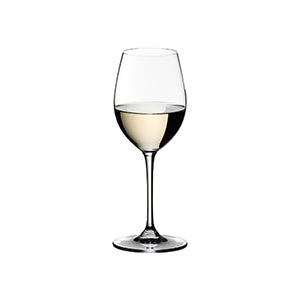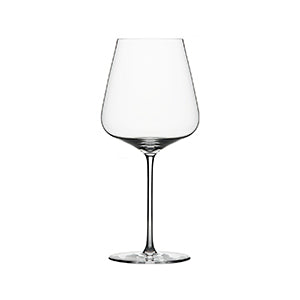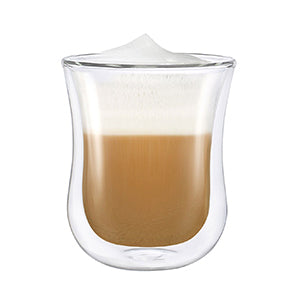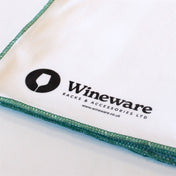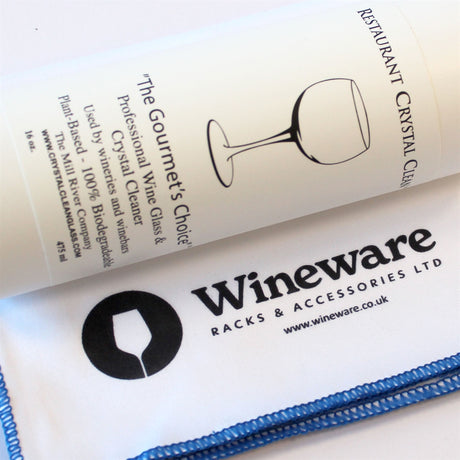Traditional glass is used to drink and taste a variety of different wine. A wine glass is recognised for its shape and form, including the bowl, stem and foot. The glass shape is a significant factor that influences taste, aroma and the enjoyment of wines. The size of the glass differs depending on the type of wine and the glassware manufacturer.
- Stemless wine glasses are great if you're short on space in the cupboard or tired of knocking over stemmed glasses.
- Riedel's 'O Range' are grape specific glassware without a stem.
- Stemless glasses are an alternative to the traditional stemmed glass.
Stemless glasses have changed the wine industry, with many experts and critics endlessly arguing about the benefits of traditional glasses vs stemless glasses. It is only recently that stemless glasses have become increasingly popular and are frequently found in hotels, bars, restaurants and other commercial locations.
Why use stemless wine glasses?
Stemless glasses are the younger brother/sister to the traditional wine glass. The stemless glass fits perfectly and comfortably in the palm of your hand. The glass is designed to hold both red and white wines alike, but it is argued that red wines benefit from the warmth of a person’s hand around the glass. The stemless glasses are often designed specifically depending on the grape variety (red/white), for example, stemless glasses for the Syrah/Shiraz grape variety. In 2004 the Riedel O Range was the first grape specific stemless glasses to be made available.
Stemless glasses are slightly similar in shape and size to whisky glasses and are easy to hold, offering a stable, solid grip. Stemless glasses differ in size, height and shape from brand to brand, but overall provide a unique and innovative way of serving red or white wines and even champagne.
There are many advantages and disadvantages when using stemless glasses. Wineware has compiled a list of pros and cons intended to help you decide whether to use stemless glasses.
Pros
- Stemless glasses are eye-catching. They are innovative in design, style and form. Ideal for contemporary bars or stylish restaurants.
- The lack of stems on these glasses makes them ideal for dishwasher use. They can be easily stacked and stored securely.
- The sturdy, solid design of stemless glasses makes them reliable and less likely to break than the stems on traditional wine glasses.
- You can use stemless glasses for informal or formal entertaining.
- Stemless glasses are considered to take away the anxiety related to holding a traditional wine glass.
- Stemless glasses are often described as ‘modern glassware’.
- Stemless glasses are used frequently by airlines as an easier way to quickly and safely serve wine onboard a flight.
- Stemless glasses are available in a variety of designs. For example, moustache stemless wine glasses for Movember (an annual month-long event involving the growing of moustaches for fundraising and awareness for prostate cancer).

Cons
- Some critics believe that only red wine benefits from the stemless glass design, as the wine can be heated up by the person’s hand around the glass.
- Stemless glasses are less elegant than the traditional, smooth wine glass with a stem.
- Stemless glasses are argued to be used for less formal occasions.
- Swirling stemless glasses by the base/bowl looks less elegant than swirling wine glasses by the stem.
- Stemless glasses look similar to water glasses when used in a table setting.
- Stemless glasses are argued to be less identifiable than stemmed wine glasses when used in gatherings. Stemmed wine glasses can hold wine glass charms, used to identify one glass from another.
- Experts and critics are constantly reviewing stemless wine glasses, and over the past several years, they have become trendy for commercial use and within the home. They are unique in design and offer a postmodern twist on the 'classic wine glasses'.










